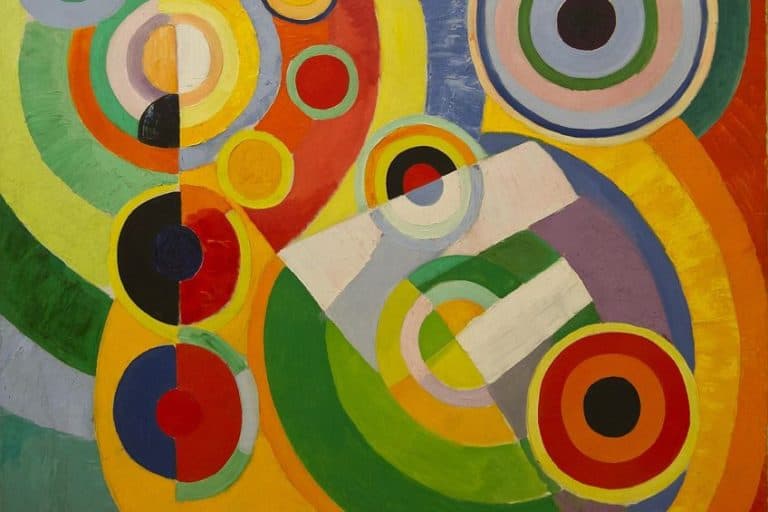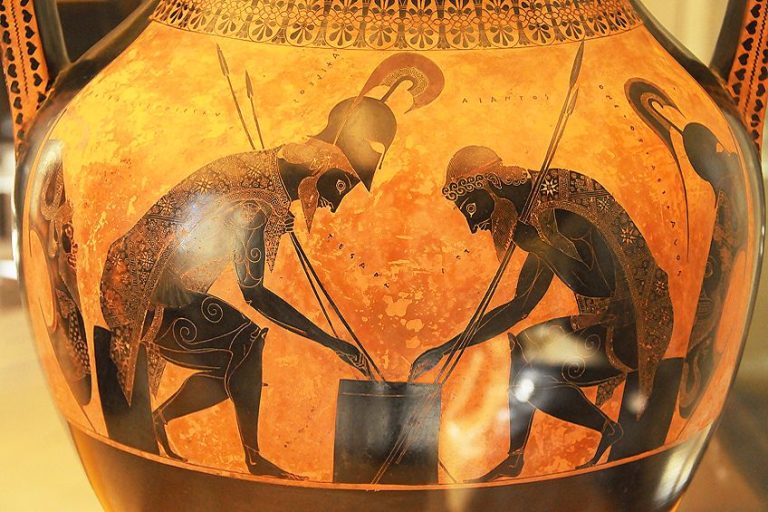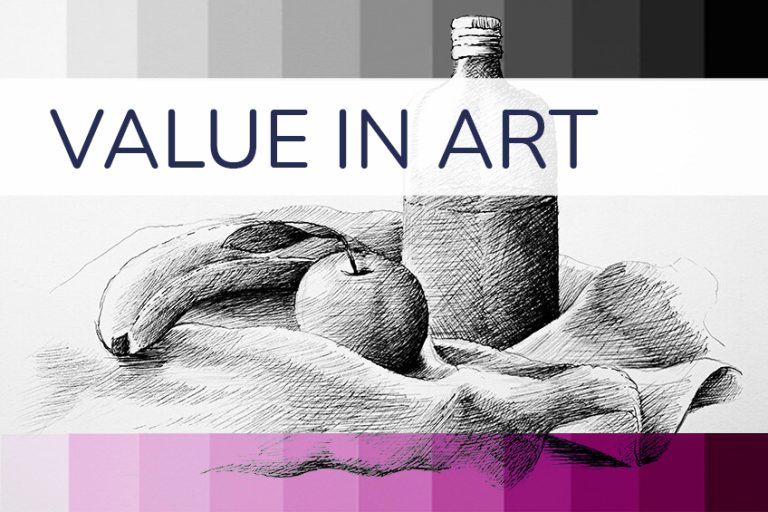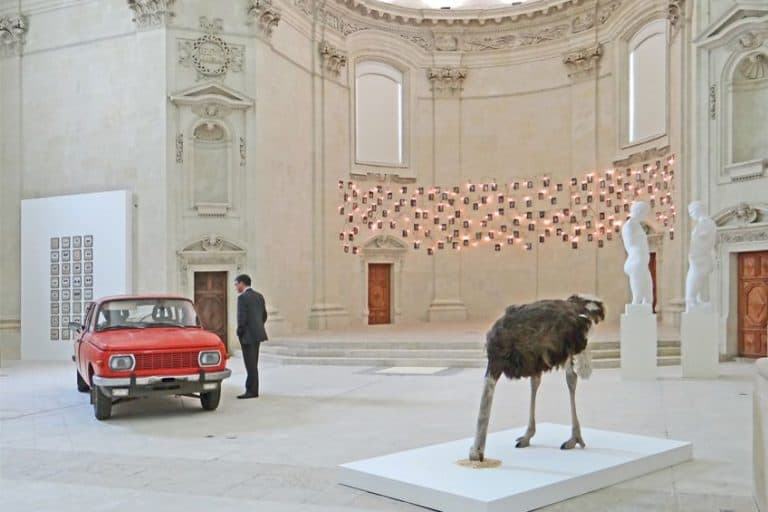Picasso’s Rose Period – An In-Depth Exploration
Picasso’s Rose Period, spanning from 1904 to 1906, represents a pivotal shift in the artist’s oeuvre, departing from the melancholic tones of his Blue Period to embrace a vibrant palette and themes of transient beauty. Focused on circus subjects and bathed in delicate hues, these paintings reveal a complex interplay of lightness and melancholy. In this exploration, we delve into the essence of Picasso’s Rose Period, unraveling its emotional depth and artistic significance.
Key Takeaways
- The Rose Period features a more upbeat tone with the use of oranges and pinks.
- It represents a significant evolution in Picasso’s style and use of subjects.
- This era’s developments were foundational to his later artistic achievements.
Historical and Cultural Context
The Rose Period, spanning from 1904 to 1906, marked a pivotal phase in Picasso’s career, characterized by a shift towards warmer color palettes and exploration of themes centered on carnival performers and circus life.
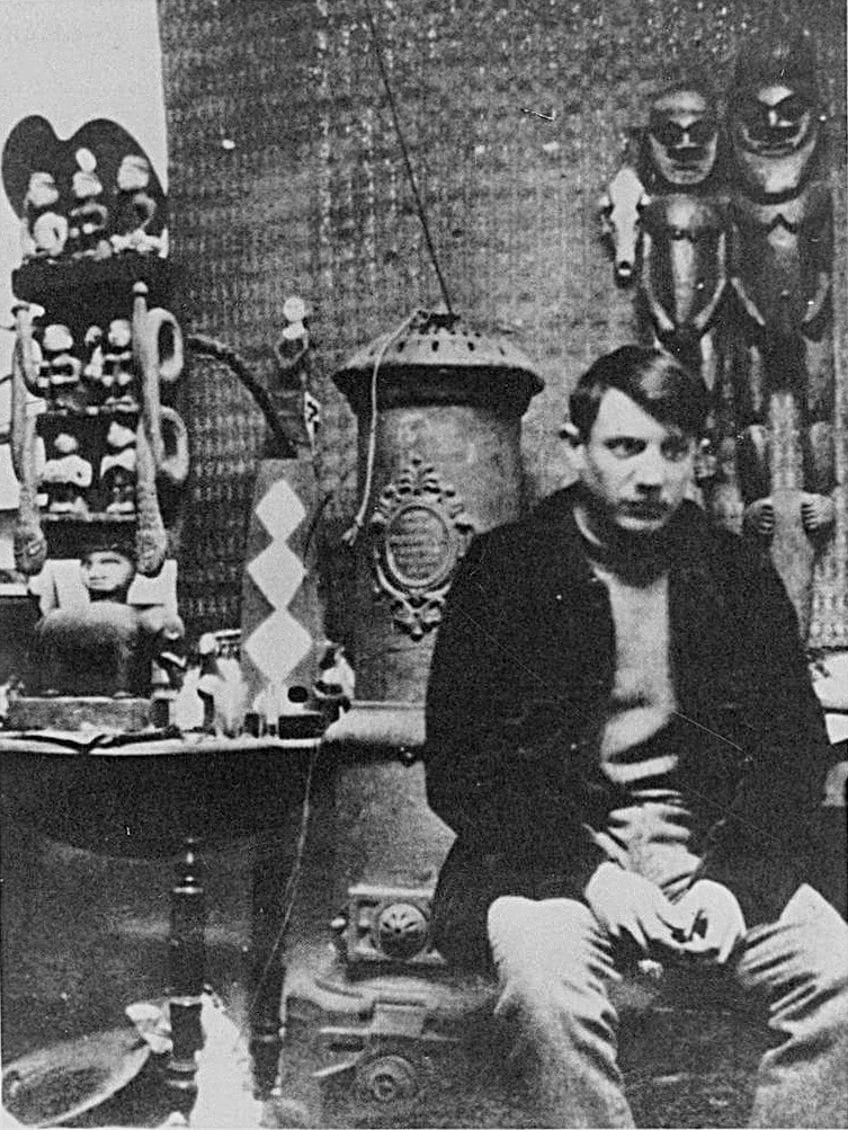
Rose Period Characteristics and Themes
Picasso’s Rose Period saw a departure from the somber mood of his Blue Period. Artworks from this era incorporated:
- Colors: A distinct use of pink, red, and orange hues, which conveyed a more cheerful ambiance.
- Subjects: A recurring motif of circus performers, including acrobats, clowns, and harlequins, which reflected a fascination with the theatrical world.
- Themes: Despite the lighter tone, themes of poverty and melancholy persisted, nuanced by the transient lives of entertainers.
Influences and Artistic Shifts
During the early 20th century, Picasso encountered various influences that informed his artistic direction. Picasso’s artistic journey embraced Primitivism, drawing from African Art, Oceanic artifacts, and pre-Roman Iberian sculpture, showcasing the simplicity and potency inherent in these forms. Influential individuals like Fernande Olivier, Picasso’s companion, and Gertrude Stein, his patron, contributed significantly to his artistic evolution.
Residing in Montmartre, Paris, Picasso delved into a bohemian community, engaging with luminaries such as Henri Matisse and poet Guillaume Apollinaire, enriching his creative milieu and expanding his artistic horizons.
Comparison with Blue Period
Picasso’s artistic journey is marked by distinct shifts in palette, content, and style. The warm tones of the Rose Period stand in stark contrast to the cool blue and green shades of the Blue Period, reflecting a profound change in Picasso’s emotional landscape. While the Blue Period delves into themes of despair, isolation, and poverty, the Rose Period introduces a relative lightness, incorporating carnival subjects while retaining subtle melancholic undertones.
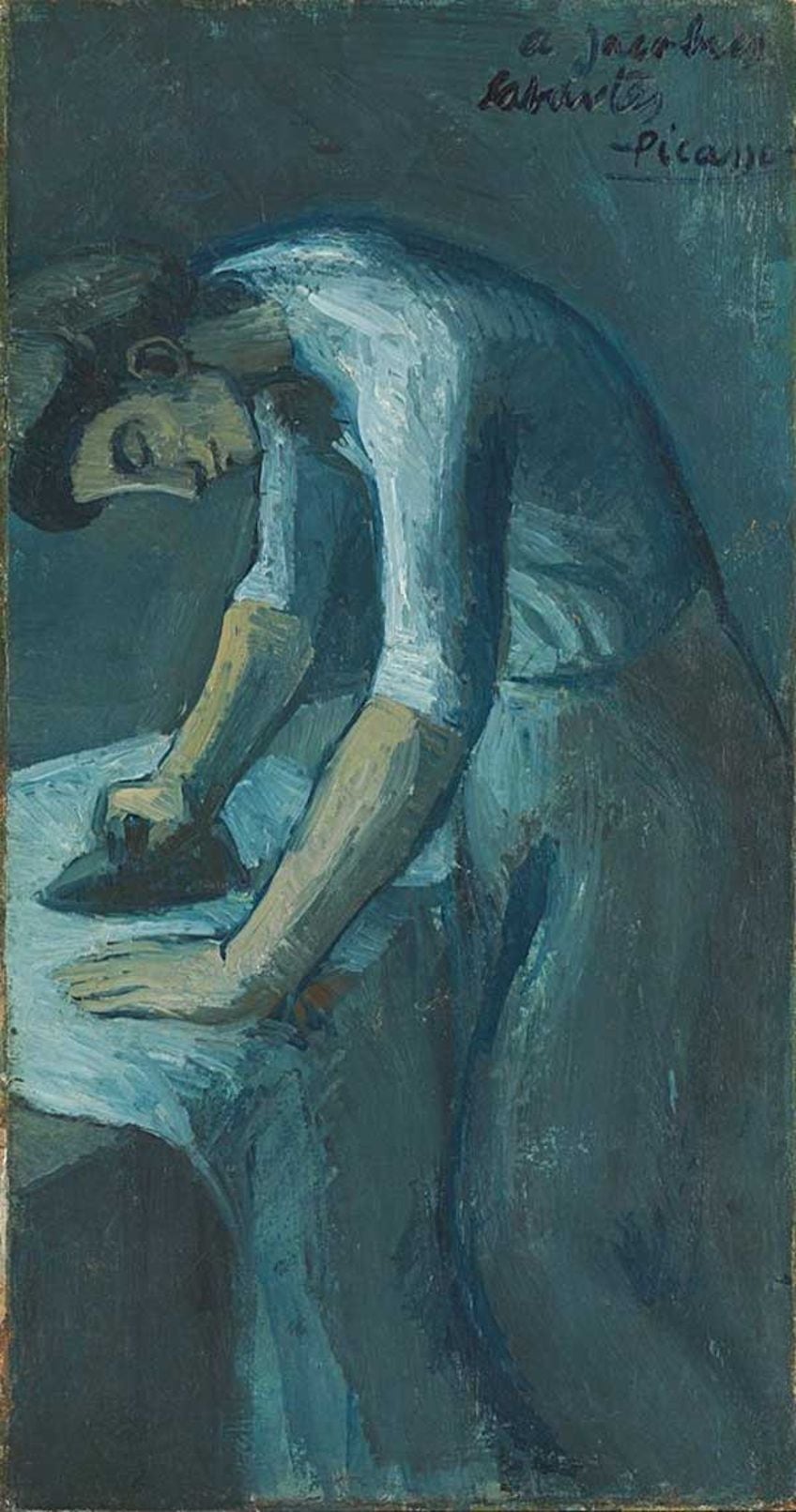
This period also marks a transition towards Picasso’s later African Period and Proto-Cubist phase, evident in works like Les Demoiselles d’Avignon (1907), where experimentation in form and style begins to take precedence. Through this contextual lens, the Rose Period crystallizes as a transformative chapter in Picasso’s journey.
In this way, bridging his earlier work with the groundbreaking strides toward Cubism and Modern Art.
Artistic Techniques in the Rose Period
The Rose Period, spanning from 1904 to 1906, marks a significant chapter in Pablo Picasso’s artistic evolution. This period is characterized by a departure from the melancholic themes of his earlier Blue Period and a movement toward warmer tones and more optimistic subjects.
Use of Color and Symbolism
Color during this period took on a rosy palette, incorporating pinks, oranges, and reds. These hues gave the artworks a more optimistic and romantic quality. Themes of love, circus performers, and the use of light to convey a sense of warmth are notable.
The color used in this period did not merely serve an aesthetic purpose but was also symbolic of a brighter phase in Picasso’s life and work.
Picasso’s Painting Methods
Picasso’s painting techniques during the Rose Period shifted towards a lighter, more refined approach. His brushwork became smoother, and his compositions, while still complex, moved away from the despairing subjects of the Blue Period towards the charm and vitality of circus life.
Public and Critical Reception
In Picasso’s time, reactions to his Rose Period works were mixed, as it coincided with a time when the art community was grappling with the boundaries of traditional art and avant-garde experimentation. Today, these works are esteemed for their blend of classical beauty and innovative style, reflecting a period of relative stability in Picasso’s life before his more radical forays into Cubism and beyond. Public and critical opinion during the Rose Period saw Picasso embracing his role in the evolving narrative of twentieth-century modern art.
Art galleries began to show more interest, leading to increased public visibility which, over time, helped establish Picasso’s enduring legacy.
Comparison of Rose Period to Other Movements
The Rose Period stands in contrast to Picasso’s later experiments with primitivism, as seen in the African-influenced Les Demoiselles d’Avignon. It was also distinct from the analytical deconstruction in Cubist works. Elements of classicism and realism found in the Rose Period later gave way to more abstract art as Picasso continued to push the boundaries of modern art.
Notable Rose Period Artworks
During his Rose Period, Pablo Picasso’s palette shifted to warmer oranges and pinks, illustrating a more positive outlook than his Blue Period. The following list highlights some of the key artworks from this phase:
- Boy with a Pipe (Garçon à la pipe) (1905): This painting features a young Parisian boy holding a pipe, adorned with a garland of flowers. It exudes the joy and whimsy that characterizes the Rose Period.
- Family of Saltimbanques (La famille de saltimbanques) (1905): A larger composition that showcases a group of circus performers, suggesting themes of isolation despite being a group portrayal.
- Harlequin’s Family with an Ape (Famille d’Arlequin avec un singe) (1905): A depiction of a harlequin, a motif that recurs in Picasso’s work, depicted with a family and a monkey, showcasing a blend of humanness and whimsy.
- Woman in a Chemise (La femme à la chemise) (1905): This work captures a thinly dressed woman, embodying a sensual grace that’s signature to this period’s stylistic shift.
- Maternity (La maternité) (1905): A portrayal of motherhood that conveys warmth through tender interactions and muted pink hues.
- Boy with a Dog (Garçon avec un chien) (1905): This portrays a playful scene of a young boy with his faithful canine companion, suggesting companionship and trust.
- La Toilette (1906): This piece offers an intimate glimpse into the private ritual of a woman’s toilette, with a subtle interplay of light and form.
- Two Youths (Deux jeunes gens) (1906): This work features two figures typically interpreted as acrobats or harlequins, thereby continuing Picasso’s fascination with performers.
Legacy of the Rose Period
The legacy of Pablo Picasso’s Rose Period is deeply entrenched in the annals of art history, marked by a shift to warmer color palettes and the introduction of notable subject matter such as circus performers and harlequins, which influenced modern art significantly.
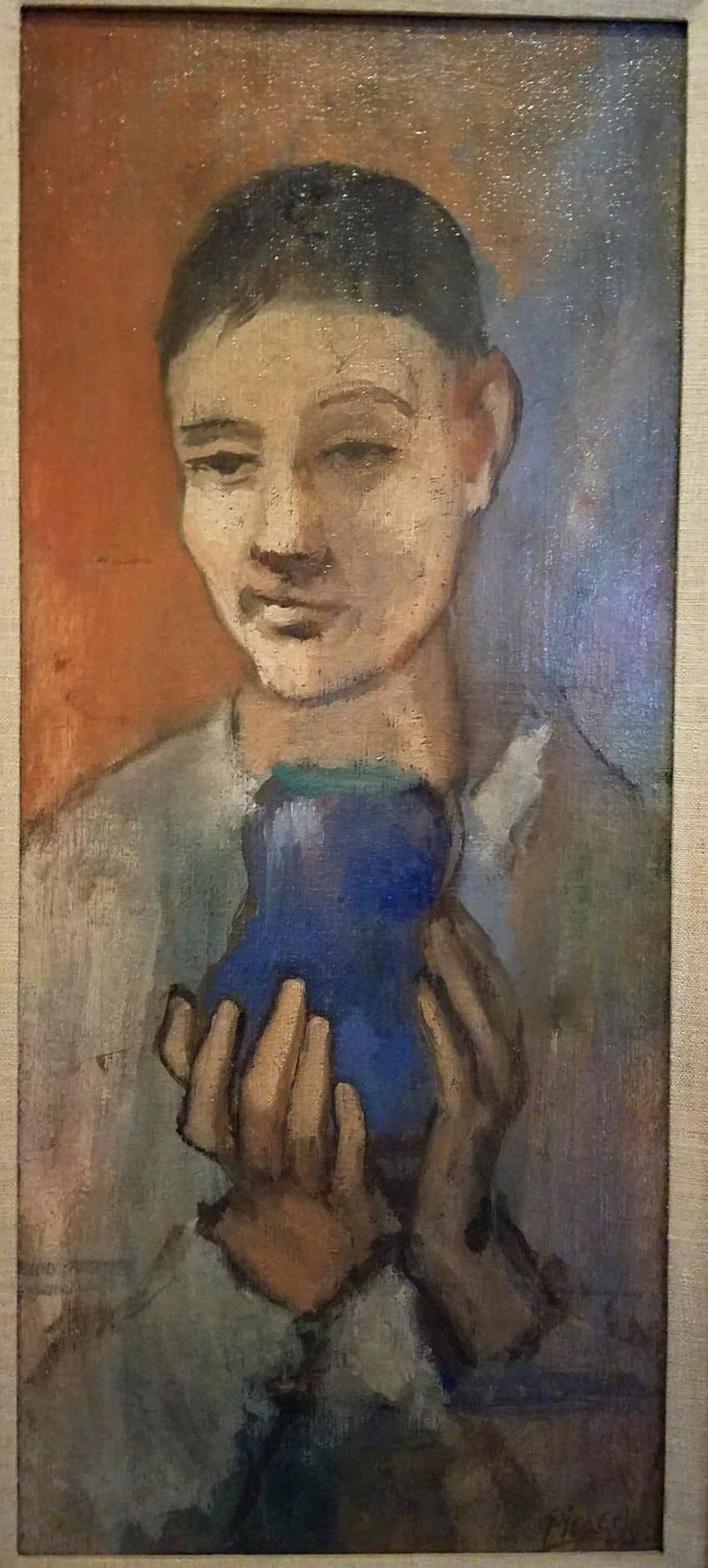
Rose Period Influence on Modern Art
Picasso’s Rose Period has significantly impacted modern art, introducing elements that contributed to the development of the avant-garde movement. His works from this era, characterized by a gentler palette and a freer representation of form, challenge traditional narratives.
They imbue a sense of the abstract that resonates with contemporary artists.
Exhibitions and Collections
Art galleries and museums around the world frequently feature exhibitions of Picasso’s Rose Period works, underscoring their continued relevance. Key paintings like Family of Saltimbanques (1905) and Boy with a Pipe (1905) are often displayed prominently; a testament to their enduring significance.
Market Value and Notable Sales
The market value of Picasso’s Rose Period paintings underscores their immense demand among collectors and their esteemed status as masterpieces. Significant sales at auctions further emphasize the financial and historical importance of these artworks. For instance, Garçon à la pipe (Boy with a Pipe) (1905) fetched over $100 million at Sotheby’s in 2004, attesting to the enduring allure of Picasso’s creations. Record prices achieved for Rose Period works, such as Nude Boy (1906) and Seated Nude (1909), serve as poignant indicators of their desirability and lasting impact in the art world.
Pablo Picasso’s Rose Period, spanning from 1904 to 1906, marked a significant shift in his artistic journey following the melancholic Blue Period. Its name reflects the warmer color palette—dominated by oranges and pinks—that he used in his paintings during these years. As a pivotal moment, this period reflects a blend of personal growth and artistic transformation that defines his place as a pivotal figure in art history.
Frequently Asked Questions
What Are the Defining Characteristics of Picasso’s Rose Period?
During Picasso’s Rose Period, which spanned from 1904 to 1906, artworks are identifiable by their use of cheery orange and pink hues. This period marked a stylistic shift towards a more optimistic and warmer palette.
How Did Picasso’s Rose Period Differ from His Blue Period?
The Rose Period signaled a transition from the monochromatic and melancholic Blue Period. Picasso incorporated lively shades and portrayed more playful subjects like circus performers and harlequins, contrasting the previous focus on themes of poverty and desolation.
Isabella studied at the University of Cape Town in South Africa and graduated with a Bachelor of Arts majoring in English Literature & Language and Psychology. Throughout her undergraduate years, she took Art History as an additional subject and absolutely loved it. Building on from her art history knowledge that began in high school, art has always been a particular area of fascination for her. From learning about artworks previously unknown to her, or sharpening her existing understanding of specific works, the ability to continue learning within this interesting sphere excites her greatly.
Her focal points of interest in art history encompass profiling specific artists and art movements, as it is these areas where she is able to really dig deep into the rich narrative of the art world. Additionally, she particularly enjoys exploring the different artistic styles of the 20th century, as well as the important impact that female artists have had on the development of art history.
Learn more about Isabella Meyer and the Art in Context Team.
Cite this Article
Isabella, Meyer, “Picasso’s Rose Period – An In-Depth Exploration.” Art in Context. February 7, 2024. URL: https://artincontext.org/picassos-rose-period/
Meyer, I. (2024, 7 February). Picasso’s Rose Period – An In-Depth Exploration. Art in Context. https://artincontext.org/picassos-rose-period/
Meyer, Isabella. “Picasso’s Rose Period – An In-Depth Exploration.” Art in Context, February 7, 2024. https://artincontext.org/picassos-rose-period/.




